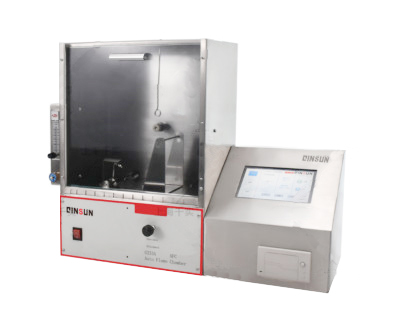How to choose the right gas Flammability Tester?
For the detection of combustible gases, there is a need in many industries, especially in some combustible gas-related industries, as well as in various mineral industries and so on, there is a need, for example, in terms of gas leak inspection and some underground operations, etc., but there are many types of combustible gas detectors as well as brands, and how do we choose them?
Because some combustible gases are also toxic gases, therefore, we will make a simple introduction together to choose, combustible gases and toxic gas detector selection, should be based on the technical performance of the detector, the physical and chemical properties of the measured gas and production environment characteristics to determine, so some commonly used gas detector selection should comply with the following provisions:
1. hydrocarbon combustible gases can be used catalytic combustion type or infrared gas detector. The use of the place of air contains sulfur that may make the catalytic combustion type detection element poisoning. Phosphorus, silicon, lead, halogen compounds and other media, should be selected to use anti-toxic catalytic combustion detector.
2. In places such as oxygen deficiency or high corrosiveness, it is appropriate to use infrared gas detectors.
3. hydrogen detection can be used catalytic combustion type, electrochemical type, heat transfer type or semiconductor type detector.
4. Detection of combustible gases with a single component, it is appropriate to use heat conduction type detectors.
5. Hydrogen sulfide, chlorine, ammonia, acrylonitrile gas, carbon monoxide gas can be selected from electrochemical or semiconductor detectors.
6. Vinyl chloride gas can choose semiconductor type or light call ionization type detector.
7. Hydrogen cyanide gas should be selected electrochemical detector.
8. Benzene gas can choose electrochemical type or infrared gas detector.
ps: (WLJCDM809)

评论
发表评论